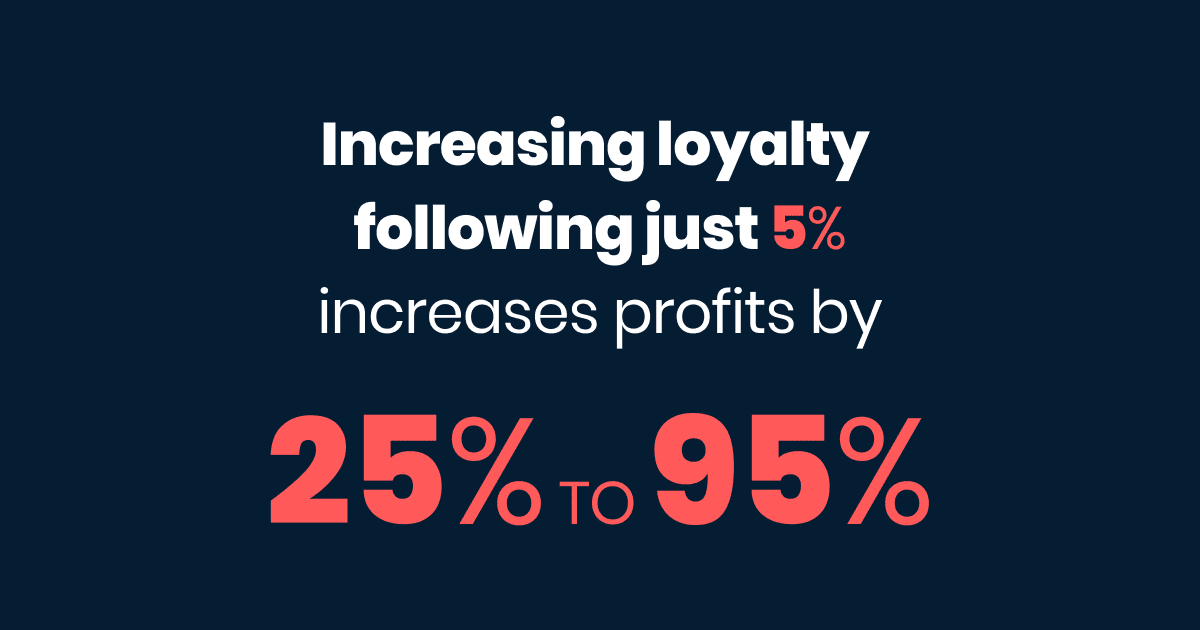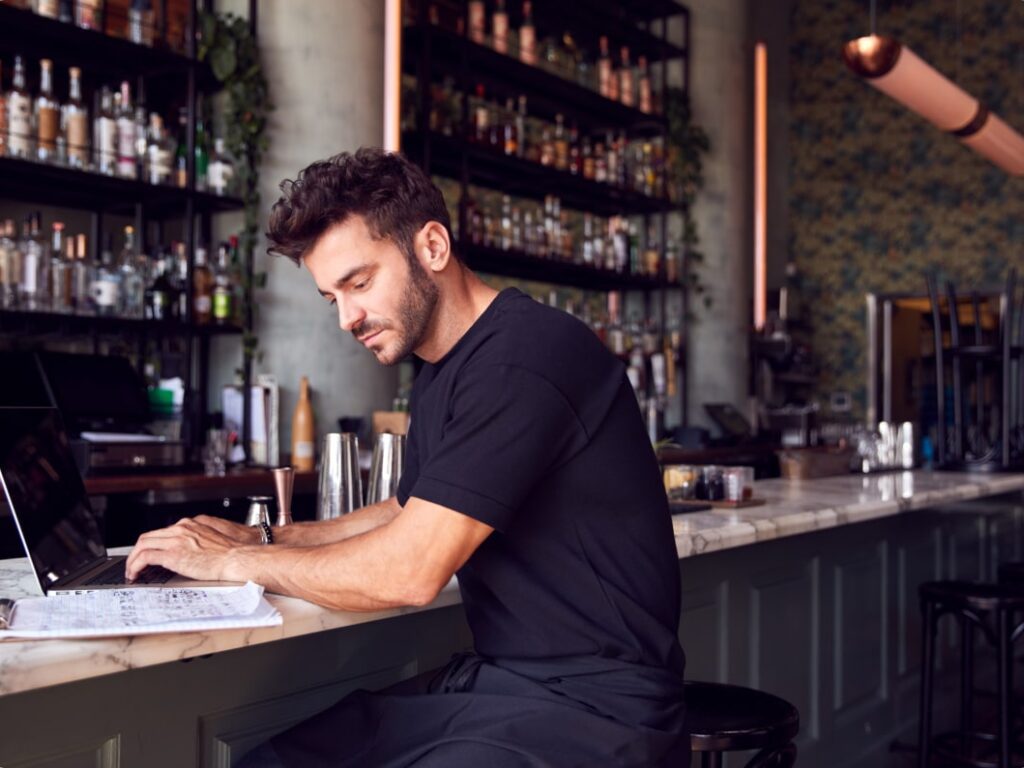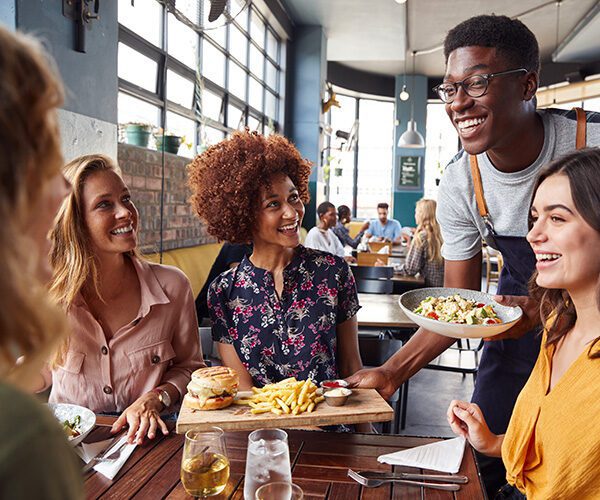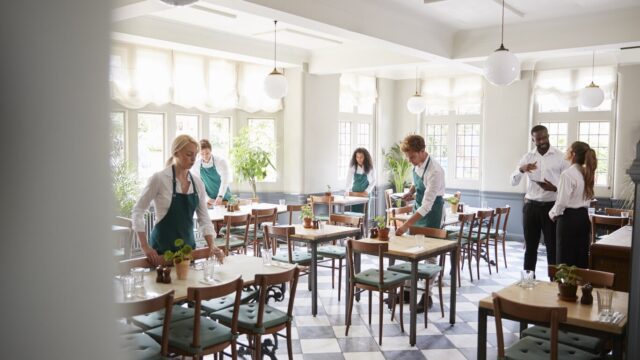While loyalty programs for restaurants have been around for ages, they are increasingly becoming a new marketing imperative for businesses looking to drive repeat sales with regular and high-spending customers.
Why?
According to many industry experts, just 5% can increase profits by 25% to 95%. Those added profits can help boost margins, stave off some of the negative impacts of inflation, and even offer better wages in a tight labor market. What’s more, in an age of zero-party data, which means when brands can directly engage with customers 1:1 while maintaining privacy, loyalty programs are proving to be better marketing tools than social media advertizing, for example, because they offer highly personalized experiences that cater specifically to each customer’s unique preferences.

And the more personalized those experiences are, the more likely customer engagement and retention will remain strong. Some studies have shown that the nearly 60% of consumers who use at least one restaurant loyalty program are more likely to spend more on food orders from other restaurants if they have loyalty programs in place.
One report demonstrated that the average on-premise restaurant customer and loyalty program member spent $167 per month in 2020—92% more than non-members at the same restaurants. For takeaway orders, the numbers are even higher: customers spent up to $232 per month on to-go orders in 2020; that was twice the spending levels of non-members.
New types of restaurant loyalty programs to drive sales
Most restaurateurs are familiar with traditional restaurant loyalty programs, such as:
- Gifts, freebies, etc. when customers reach certain loyalty tiers or milestones
- Points-based rewards systems that give customers “bonus points” when they reach a cart size or try a different menu item
However, oftentimes, the loyalty programs are generic and do not leverage customer data to curate personalized experiences that restaurant patrons crave. They lack differentiation. And they lack a level of perceived value that could truly ramp up sales.

Here are the top 4 loyalty program strategies for restaurants that owners and managers should consider to build advocacy for their brands and turn higher profits.
Personalized rewards
Do you really want to reward loyal vegetarian customers with a free beef burger the next time they show up at your restaurant or order online? The answer is obvious; nevertheless, many restaurants don’t tap into their customer data, including past purchase behaviour and history, to pinpoint the types of rewards their most loyal customers would exceptionally appreciate. If your top customers always show up Thursday evenings to order spicy sushi rolls, why not give them a free spicy appetizer if they order for $X dollars or have had a meal at your restaurant for 3 weeks straight?
Subscription-based loyalty programs
Similar to what meal kit companies offer, subscription-based loyalty programs require that customers pay a small monthly fee in order to receive exclusive perks. For example, Taco Bell has a subscription-based loyalty program called Taco Lover’s Pass; for $10 a month, members can redeem a qualifying taco per day for up to 30 days. The chain indicated that subscribers are 3 times more likely to visit one of their restaurants each month. Loyalty membership has also spiked by 20%.
Collaborative partner programs
The epitome of cross-selling! Collaborative loyalty programs let restaurants partner with other local merchants to offer points when customers spend their dollars at both (or several!) establishments. Let’s say you operate a pizza joint. Team up with a nearby “escape room” facility so that when customers finish their hour of fun, they can earn points toward an extra serving of fries. When customers get their pizza fix at your restaurant, they earn points toward a special escape room activity for Halloween. These partnerships raise brand awareness for both businesses and create opportunities for faster accumulation of points and increased engagement.
Exclusive experiences
Many of today’s restaurant customers, still reeling from the ripple effects of the global pandemic, are hungry for something more than just a plain old meal. Modern Restaurant Magazine wrote a very compelling article on “The Rise of Exclusivity: VIP vs Traditional Discounting.” The article argues that at a time when skyrocketing labor and food costs are plaguing restaurants’ bottom lines, restaurateurs should steer clear of bargain-basement deals or too many freebies to reward customers. Offering exclusive experiences can offer much more customer retention and recurrent spending than run-of-the-mill “free coffees once you’ve bought 7 cups.” Some funky ideas to offer top-tier patrons include:
- Secret menus
- Exclusive access to a new menu item before its full release
- Cooking classes, private recipes they can download, cookbook autographs, meet-ups with chefs
- Discounted prices for your restaurant’s events and merchandise
Many restaurant experts agree: in many cases, extremely loyal customers will even be happy to pay for the exclusive experience on top of the loyalty program!
As you can see, there are many ways to revamp conventional restaurant loyalty programs and adapt them to today’s customers that reward restaurants for personalization, relevance and exclusivity. Think outside the old-fashioned hole-punched loyalty program, and you will definitely incite customers to come back for more!

Subscribe to our newsletter for the latest insights in restaurant management
By clicking the button above, you agree that UEAT will use your information to contact you about relevant products, content and events. You can unsubscribe from these communications at any time. For more information, see our Privacy Policy.



